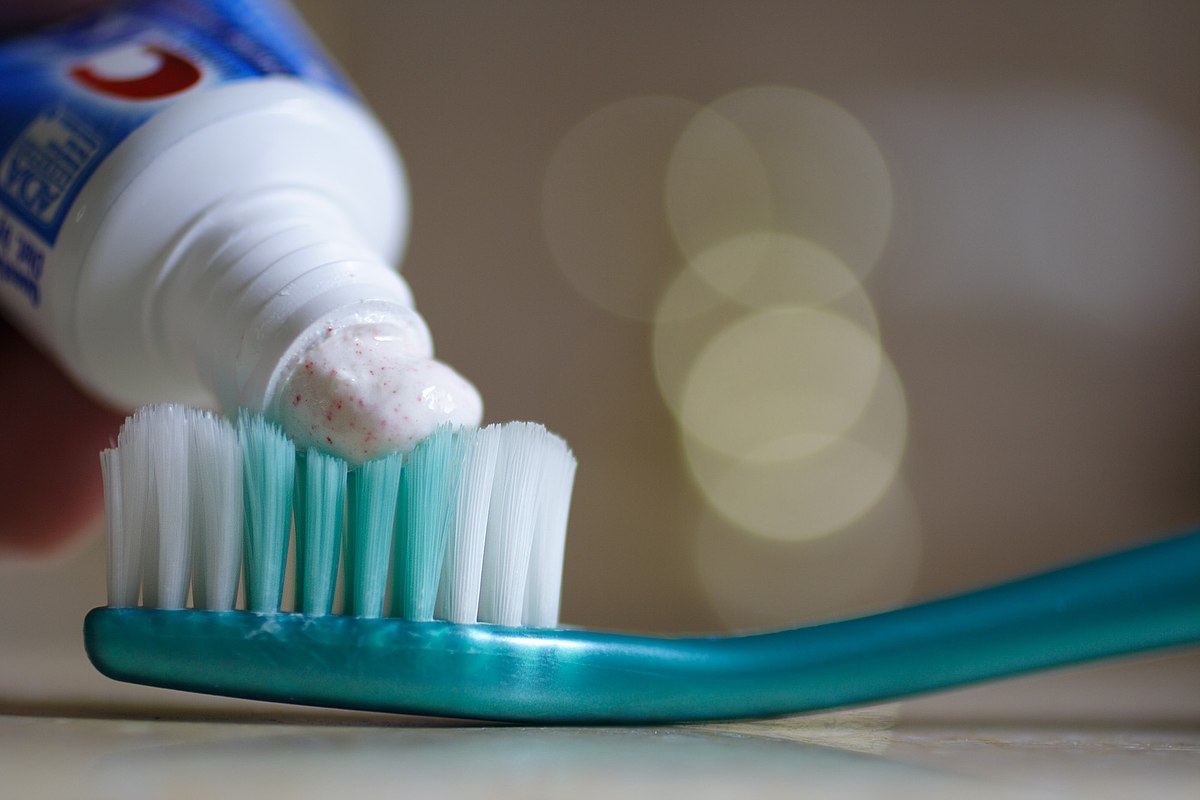
Dentifrice, commonly known as toothpaste, is a staple in our daily routines. But have you ever wondered what makes this minty paste so special? Dentifrice isn't just about fresh breath; it's a blend of science, history, and health. From ancient Egyptians using crushed eggshells to modern fluoride formulas, the evolution of dentifrice is fascinating. Did you know some toothpastes contain charcoal for whitening? Or that certain ingredients help fight cavities and gum disease? Whether you're curious about its origins or its role in oral hygiene, these 30 facts will give you a fresh perspective on dentifrice. Ready to brush up on your knowledge? Let's get started!
What is Dentifrice?
Dentifrice is a fancy word for something most people use daily: toothpaste. It helps keep teeth clean and breath fresh. Let's dive into some interesting facts about this essential hygiene product.
-
Dentifrice comes from the Latin word "dentifricium," which means "tooth powder."
-
Ancient Egyptians used a form of dentifrice made from crushed eggshells, pumice, and myrrh.
-
The first recorded toothpaste recipe dates back to 4 AD in Egypt.
-
Modern toothpaste was invented in the 19th century, initially sold in jars.
-
The first toothpaste in a tube was introduced by Dr. Washington Sheffield in 1892.
Ingredients in Dentifrice
Dentifrice contains various ingredients that work together to clean teeth and maintain oral health. Here are some key components:
-
Fluoride is the most common ingredient, helping to prevent cavities by strengthening tooth enamel.
-
Abrasives like calcium carbonate and silica help remove plaque and stains from teeth.
-
Humectants such as glycerin and sorbitol keep toothpaste from drying out.
-
Detergents like sodium lauryl sulfate create foam, helping to spread the toothpaste evenly.
-
Flavoring agents provide the minty taste that leaves your mouth feeling fresh.
Types of Dentifrice
There are various types of dentifrice designed to meet different oral health needs. Here are some popular options:
-
Whitening toothpaste contains mild abrasives and chemicals to remove surface stains.
-
Tartar control toothpaste helps prevent the buildup of tartar, a hardened form of plaque.
-
Sensitive toothpaste contains ingredients like potassium nitrate to reduce tooth sensitivity.
-
Natural toothpaste uses plant-based ingredients and avoids synthetic chemicals.
-
Children's toothpaste has a lower fluoride content and kid-friendly flavors.
Fun Facts About Dentifrice
Dentifrice has a rich history and some surprising facts. Let's explore a few:
-
The ancient Greeks and Romans used crushed bones and oyster shells in their toothpaste.
-
In the 18th century, people used burnt bread as a tooth-cleaning agent.
-
The first commercial toothpaste, called "Crème Dentifrice," was launched in 1873 by Colgate.
-
Toothpaste tubes were inspired by artists' paint tubes.
-
Some toothpaste brands offer flavors like chocolate, bacon, and curry.
The Science Behind Dentifrice
Dentifrice is more than just a cleaning agent; it involves science to ensure effectiveness and safety. Here are some scientific aspects:
-
pH balance is crucial in toothpaste to prevent tooth erosion and maintain oral health.
-
Antibacterial agents like triclosan help reduce bacteria in the mouth.
-
Enzymes in some toothpaste break down plaque and prevent its formation.
-
Hydrated silica is a common abrasive that gently cleans teeth without damaging enamel.
-
Xylitol is a natural sweetener that also helps reduce cavity-causing bacteria.
Dentifrice and Oral Health
Using dentifrice regularly is essential for maintaining good oral health. Here are some benefits:
-
Prevents cavities by removing plaque and strengthening enamel with fluoride.
-
Reduces gum disease by keeping gums clean and free from harmful bacteria.
-
Freshens breath with flavoring agents that mask bad odors.
-
Removes stains from teeth, helping to maintain a bright smile.
-
Protects enamel by balancing pH levels and providing essential minerals.
The Final Brushstroke
Dentifrice, or toothpaste, is more than just a minty paste. It’s a blend of science and history that keeps our smiles bright. From ancient Egyptians using crushed eggshells to modern fluoride formulas, dentifrice has evolved significantly. It fights cavities, freshens breath, and even whitens teeth. Ingredients like abrasives, fluoride, and detergents work together to ensure oral health.
Choosing the right toothpaste can make a big difference. Whether you need extra fluoride, sensitivity relief, or whitening, there's a dentifrice for you. Remember, brushing twice a day with the right toothpaste is key to maintaining a healthy smile.
Next time you squeeze that tube, think about the fascinating journey of dentifrice. It’s not just about clean teeth; it’s about centuries of innovation and care packed into a small tube. Keep brushing and keep smiling!
Was this page helpful?
Our commitment to delivering trustworthy and engaging content is at the heart of what we do. Each fact on our site is contributed by real users like you, bringing a wealth of diverse insights and information. To ensure the highest standards of accuracy and reliability, our dedicated editors meticulously review each submission. This process guarantees that the facts we share are not only fascinating but also credible. Trust in our commitment to quality and authenticity as you explore and learn with us.
